PLATINUM group metal (PGM) and chrome miner, Tharisa, is taking a low-risk approach to a high-risk country with the investments into Zimbabwe, it has announced this year.
For almost 30 years, Zimbabwe was a no-go zone for substantial new foreign mining investment (other than government-to-government deals with China) because of changing laws and corruption under president Robert Mugabe's ZANU-PF.
In the first few months following Emmerson Mnangagwa's ousting of Mugabe last November, a handful of mining entrepreneurs have rushed back to the country to strike new or revive old deals.
These include South Africa-based Tharisa and the Moti Group as well as UK-based miners Andrew Groves and Phil Edmonds, who told Bloomberg in February they were considering re-listing their Zimbabwean coal, chrome and gold assets in London. On a larger scale, the Dangote Group is reported to have sent a delegation to reconsider investments.
Apart from removing the pernicious police roadblocks on Zimbabwe's main highways, Mnangagwa's first steps were to abolish the indigenous ownership requirements on all sectors except diamonds and platinum, and hold various meetings and summits to encourage foreign investment.
But as he was a close ally of Mugabe for about 40 years, it remains uncertain how great his appetite is for real reform of the economy.
Tharisa is not committing large amounts of capital upfront to Zimbabwe, but taking a staged approach towards the chrome and platinum deposits over which it has secured rights in two separate deals.
Both deals involve companies in the Pouroulis family network. The Pouroulises are Tharisa's 44% shareholder through Medway Developments. Loucas Pouroulis, who chairs Tharisa, has worked in Zimbabwe for several years and had undertaken to give Tharisa right of first refusal on any projects he found.
Tharisa CEO, Phoevos Pouroulis, says the investment climate has improved considerably since Mnangagwa's appointment. He met Mnangagwa in January to discuss the mining and investment environment in Zimbabwe and Tharisa's growth strategy. It was one of a series of meetings the president held with business leaders held to discuss revitalising the Zimbabwean economy. No special concessions were discussed at the meeting.
In mid-May Tharisa announced it had acquired 90% of Salene Chrome Zimbabwe at par value from the Leto Trust, which is Medway's main shareholder. Leto will retain a 10% free carried interest and earn 3% royalty on gross proceeds of the sale of chrome concentrates.
Salene has three special grants in Zimbabwe to mine chrome and other minerals in a 95km² area to the east of the Great Dyke. A special grant allows mining for 24 months, with the right of renewal.
There is not yet enough geological information available on the deposit, but Tharisa regards this as a highly prospective area. Once it has received its environmental permit, Salene will spend $3.2m over 12 months on exploration and then build a pilot plant to test recoverability. It envisages a low-risk, relatively low-cost start-up in a short time, potentially to produce up to 1.2 million tonnes a year of chrome by 2022.
Amonth later Tharisa announced a second, more ambitious deal.
Leto sold it 26.8% of Karo Mining Holdings for $4.5m, retaining the other 73.2%. Karo Mining had agreed with government three months earlier that it would invest about $4bn to build a PGM mine and concentrators, base metals refinery and a 300MW solar power plant for its operations that will also have surplus power to sell to the grid.
Karo's mining concession is on the 23,903 hectares surrendered by Zimplats in order to retain its mining licence. It is located directly between Zimplats' three underground mines at Ngezi and the Selous Metallurgical Complex at the mothballed Hartley mine. Pouroulis says there is no infrastructure on this area that would be affected by Karo's mining activities. It is close to the Salene Chrome Special Grant area.
Karo Holdings has 50% of Karo Platinum, with the other 50% held by the government of Zimbabwe, and it also holds 75% of the other project companies in this multi-faceted venture. Karo Platinum has a special grant to mine, valid for five years, and will apply in time for a mining lease valid for the life of the mine.
If Zimbabwe's indigenisation requirements for platinum mines are reduced within 18 months of signing the investment agreement, Karo Holdings can increase its stake in Karo Platinum to whatever percentage the law allows or to 75%, at no cost. Apart from its 26.8% of Karo Holdings, Tharisa can also farm in to the project companies directly.
Phoevos Pouroulis says Tharisa does not know if the government will change the indigenisation requirements within this time frame. The 18-month period is aligned to the exploration phase to prove the mineral resources.
Tharisa will initially advance an $8m repayable loan for geological exploration to Karo Holdings and it will oversee the exploration programme through to bankable feasibility study stage.
The lease area was explored by Zimplats and Tharisa's published estimate that the area contains about 96 million ounces of PGMs is based on Zimplats' annual report. Pouroulis says Tharisa is consulting Zimplats about accessing its geological data to expedite the exploration programme.
Tharisa's initial assessment is that the area could be mined through four open pits, with the first one starting up in 2020, for the first nine years of the mine. Then it would transition to underground for another 40 years of mining. Potential output is about 1.4 million ounces a year of PGMs, starting in 2023.
Apart from all its other aspects, the Karo project is controversial in aiming for PGM output of this magnitude, given current oversupply in the platinum market, which is deterring expansion investments in platinum mines in South Africa. In May, Johnson Matthey forecast a higher platinum surplus this year as mine supply would be almost flat but demand was weaker.
Both the Salene and Karo projects are expected to be included in one of Zimbabwe's special economic zones (SEZs). These are aimed at increasing local beneficiation. In these SEZs, investors pay no withholding tax on dividends, fees, royalties or profits for the first five years, then a corporate income tax of 15% (less than the general rate of 25%) applies. Capital equipment can be brought in duty free, and so can raw materials and intermediate products.
Tharisa says, because of the drive for local beneficiation, a tax is likely to be imposed on exports of raw or unprocessed minerals from January 2019.
Tharisa's share price responded only limply to the foray into Zimbabwe. The share price on the JSE went to R20 from R19.75 after the Salene deal was announced. By mid-June, when the Karo deal was announced, the shares were at R18.24. The announcement took them up to R18.39 but they had fallen to R18 a week later. (It's R17,50/share today).
The share price does not tell the whole story as it responds to other factors like PGM prices and the rand. Pouroulis says most shareholders have responded favourably to "… the group's stepped, measured, low-risk approach". They believe the foray into Zimbabwe has "… an early mover advantage and as building on Tharisa's demonstrated success with the Tharisa Mine."
- miningmx.com
 OK Zimbabwe posts US$17,8 million loss
OK Zimbabwe posts US$17,8 million loss  Hichilema meets Chivayo
Hichilema meets Chivayo  Millions celebrate Diwali festival in India
Millions celebrate Diwali festival in India  Econet Zimbabwe to delist from ZSE
Econet Zimbabwe to delist from ZSE  Gold edges up as traders await guidance
Gold edges up as traders await guidance  Mnangagwa fires Chitando, appoints Polite Kambamura
Mnangagwa fires Chitando, appoints Polite Kambamura  Young Investment Professional (YIP) Graduate Programme 2019
Young Investment Professional (YIP) Graduate Programme 2019 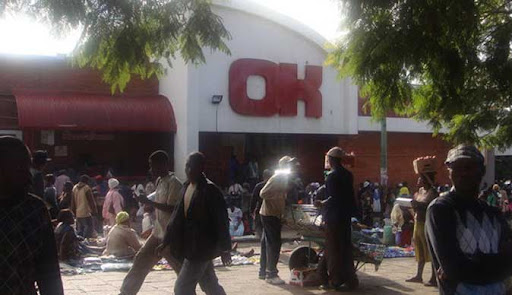
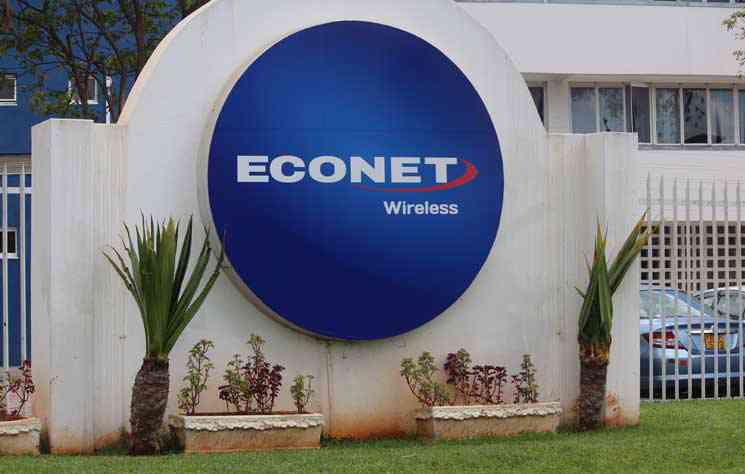
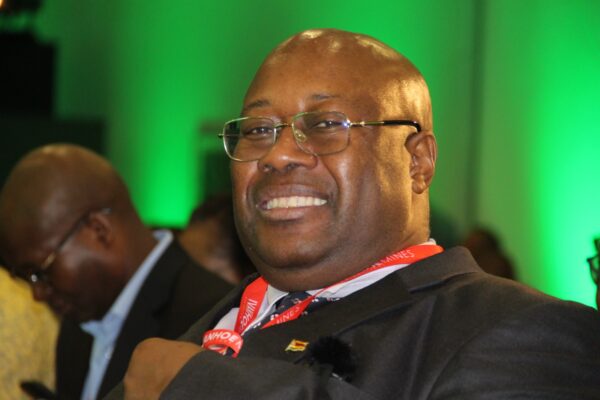
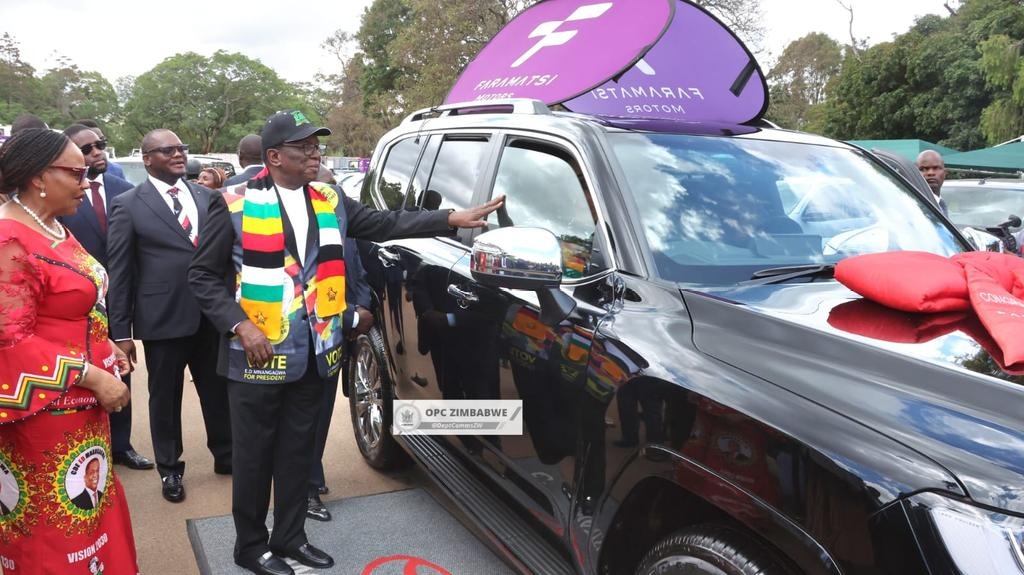
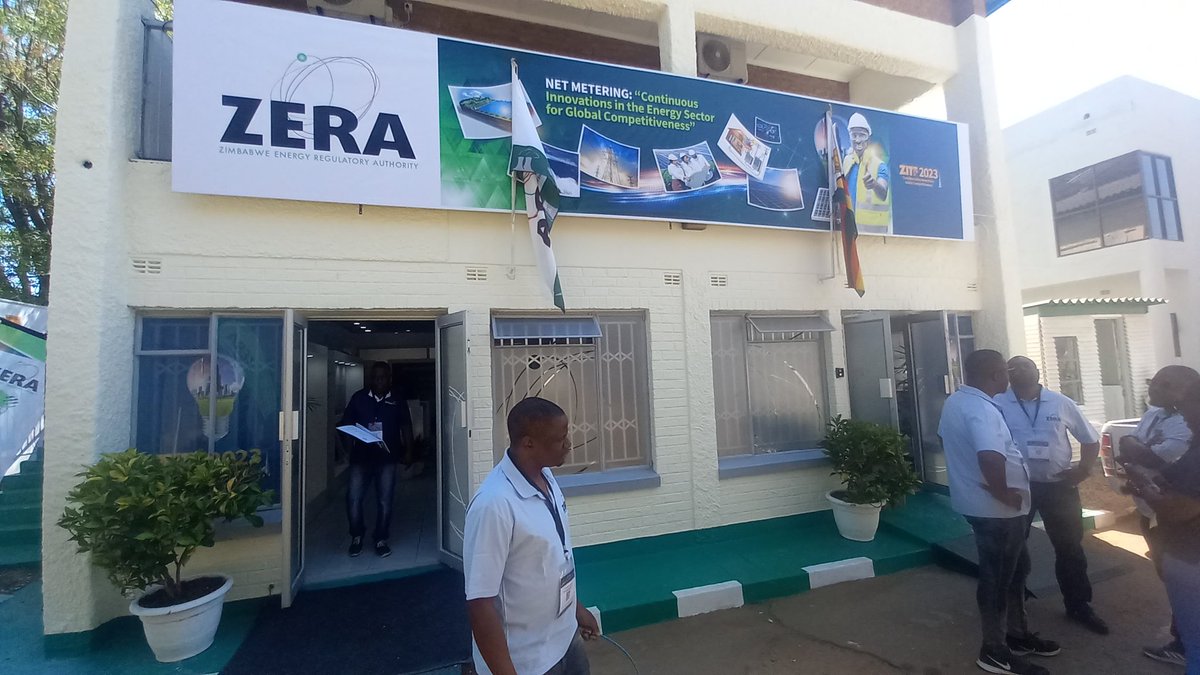

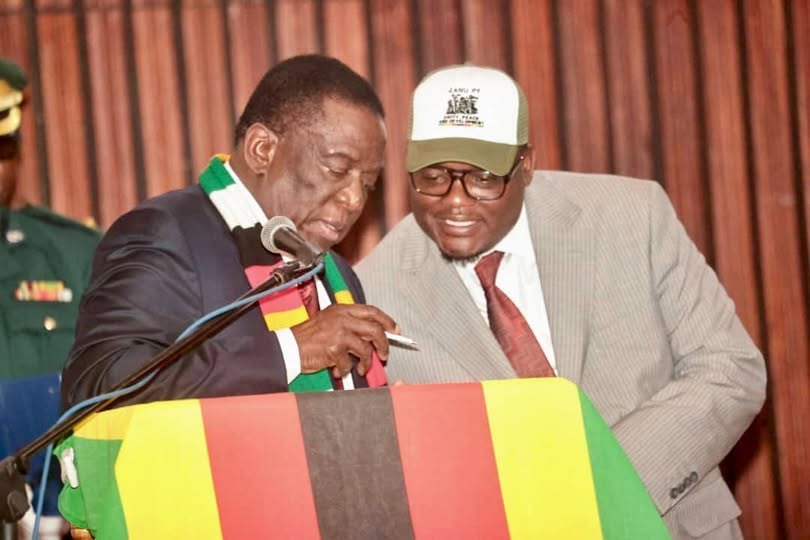
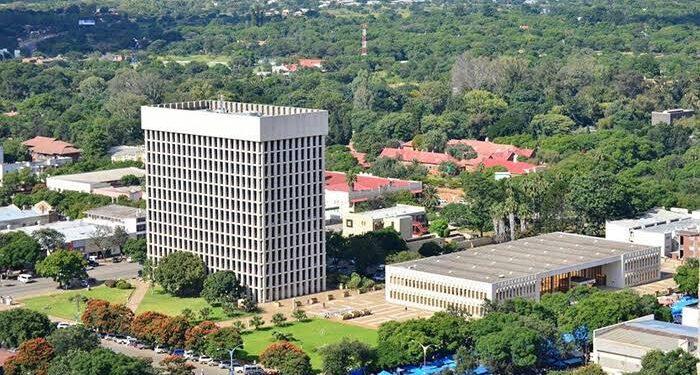
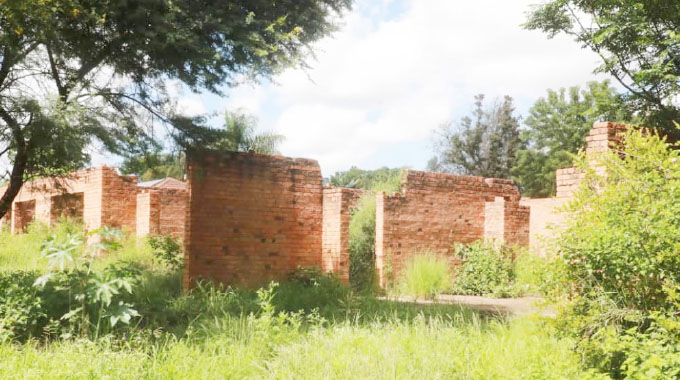
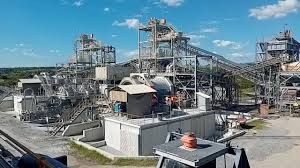

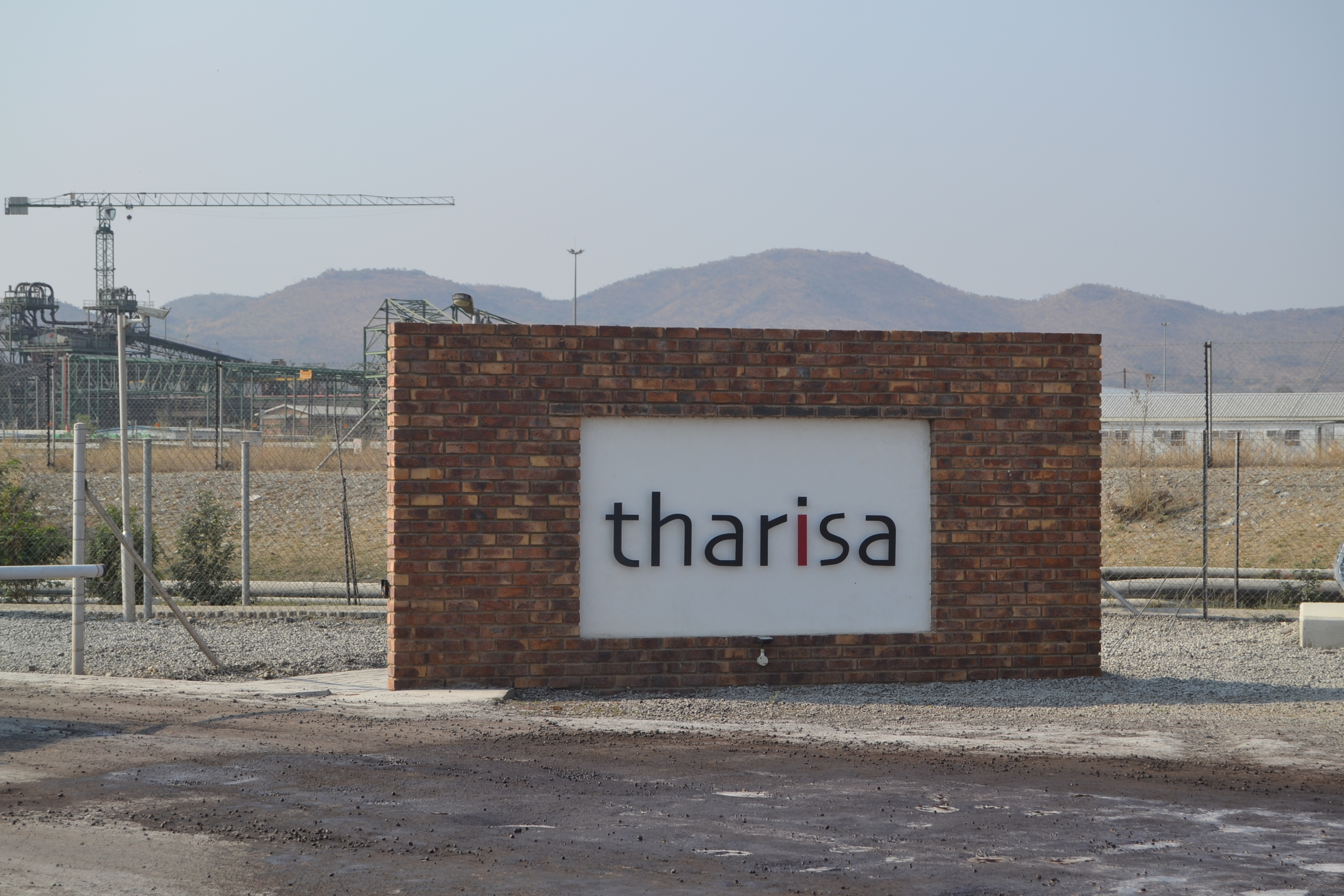
 Young Investment Professional (YIP) Graduate Programme 2019
Young Investment Professional (YIP) Graduate Programme 2019
Editor's Pick